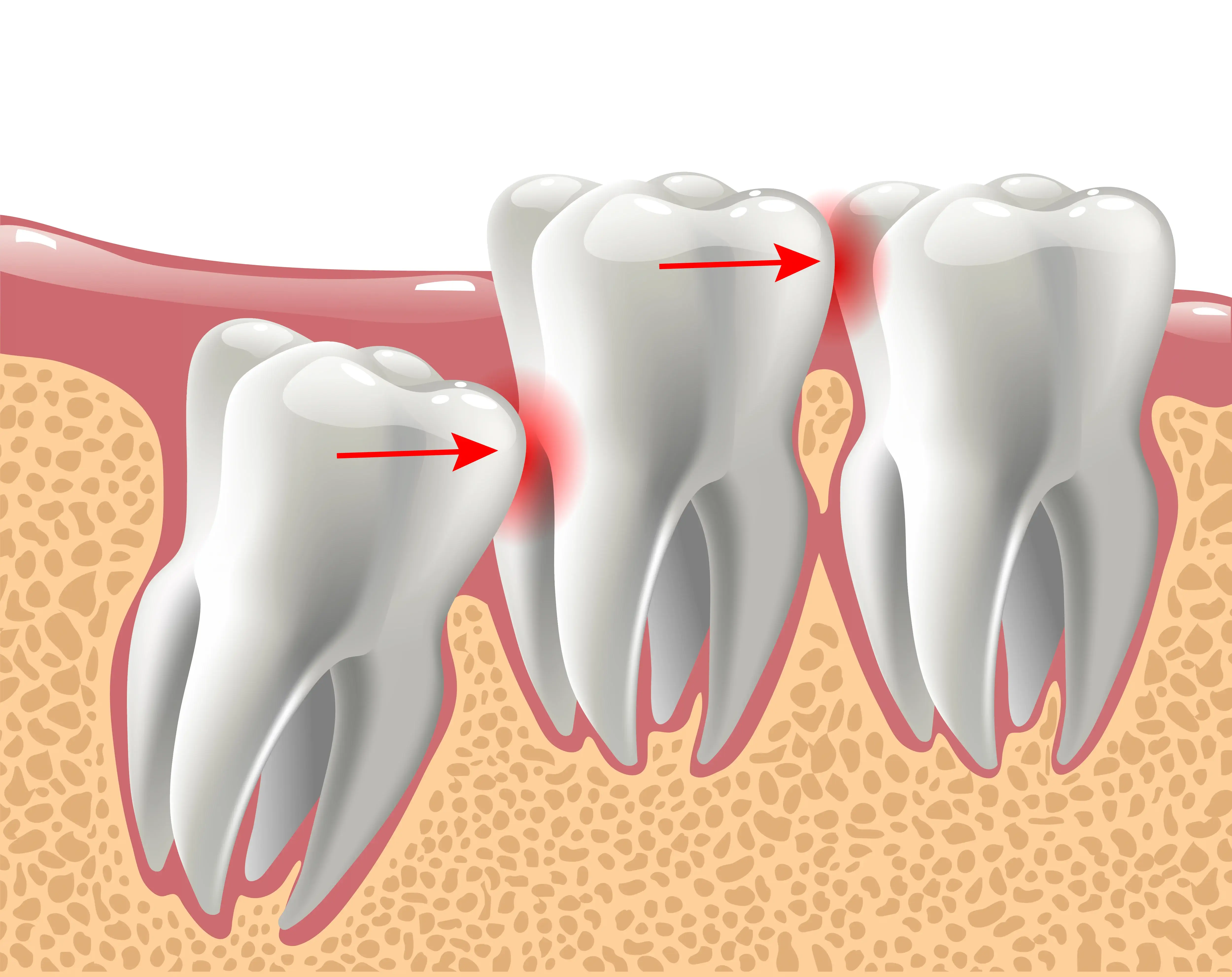Dental Rates: Tooth Extraction Fees Explained
 Huda Batool
Huda Batool
Tooth extraction is a routine dental procedure aimed at addressing situations where saving a tooth is no longer possible. This treatment is essential in protecting overall oral health, especially when a damaged or decayed tooth poses a risk to surrounding structures. Understanding what goes into the procedure can help patients feel more prepared and informed.lets delve into Tooth extraction cost
Why Tooth Removal May Be Necessary
Teeth can require removal for a variety of reasons. Deep decay that extends below the surface, trauma that causes irreparable damage, or complications such as crowding can all lead to the need for extraction. In some cases, wisdom teeth emerge in a way that disrupts alignment, prompting removal as a preventive step.
When a tooth weakens due to periodontal concerns, it may no longer have the support needed to stay in place. The goal of removal in such situations is to maintain comfort and reduce further health issues. Dental professionals evaluate the condition of the tooth, its position, and the overall state of the mouth before recommending extraction.
The Extraction Experience
The process begins with careful planning. Once it is determined that a tooth should be removed, the surrounding area is prepared. A local numbing solution is applied to minimize any discomfort during the procedure. With the area fully desensitized, the tooth is gently loosened using specific instruments before being removed.
In cases where the tooth is broken or positioned below the gum line, a more detailed approach may be used. Regardless of complexity, the procedure is carried out with attention to patient comfort and clinical accuracy. The aim is to remove the tooth without disrupting nearby tissues.

Factors That Shape the Approach
Each extraction is influenced by several factors. The location of the tooth within the mouth, its orientation, and the health of the surrounding bone all play a part in determining the method used. Some teeth are positioned in a way that allows for a relatively quick removal, while others may require additional steps.
The condition of the gums and bone is also important. Inflammation or previous dental conditions may require modifications to the standard approach. Every situation is assessed individually to ensure the procedure is suited to the specific needs of the person undergoing treatment.
Importance of Preventive Dental Care
While tooth removal is sometimes unavoidable, many cases can be prevented through good oral hygiene practices. Brushing and flossing help remove harmful buildup that can lead to decay or gum disease. Regular checkups provide opportunities to catch problems early, often allowing for simpler and less invasive solutions.
Avoiding habits that strain the teeth is also helpful. Chewing on hard objects or neglecting proper cleaning can increase the risk of damage. A commitment to daily care supports stronger teeth and reduces the likelihood of needing extractions.
Emotional Impact and Support
The thought of losing a tooth can be stressful for some individuals. Concerns about appearance, eating habits, or overall dental function are common. Knowing that this procedure is often a step toward relief and recovery helps bring peace of mind.
Open communication with a dental provider offers reassurance and allows for clear expectations to be set. Many people find that discussing their feelings about the procedure helps ease anxiety and supports a more confident experience.
Healing and Recovery Overview
The natural healing process begins immediately after the tooth is removed. A blood clot forms in the socket to protect the area and support tissue regeneration. While everyone’s recovery timeline is different, the mouth generally adapts quickly.
Following recommended practices ensures that healing proceeds smoothly. Patience and care during this time contribute to a comfortable return to normal oral function. With proper attention, the site where the tooth was removed eventually blends with the surrounding gum area.
Long-Term Oral Health Benefits
Extracting a compromised tooth helps prevent the spread of decay and infection. It also relieves pressure that may be caused by crowding or alignment problems. In the long term, removing a problematic tooth supports a more balanced and healthier dental environment.
The gap left by the extracted tooth may be addressed based on personal preference and overall oral goals. Each case is unique, and decisions about future treatment are made with a focus on maintaining function and comfort.
Conclusion
Tooth extraction cost in Dubai is a precise and necessary procedure when dental health is threatened by an unrepairable tooth. The process is conducted with care to ensure comfort and effectiveness. Understanding the reasons, steps, and benefits involved provides reassurance and helps individuals feel more prepared. By focusing on prevention and maintaining consistent oral hygiene, the need for such procedures can often be minimized. When required, however, removal plays a vital role in achieving long-term dental well-being.
Subscribe to my newsletter
Read articles from Huda Batool directly inside your inbox. Subscribe to the newsletter, and don't miss out.
Written by
